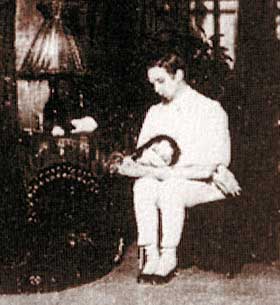| Dancer to Dramatic Actress 1920-1928 |
|
Individual performances by Ida Rubinstein after the end of World War I: 1919:
La Tragedie de Salome -- Poem by Robert de Humieres, Music by Florent
Schmitt, New choreography by Nicola Guerra. A charity gala at the Paris
Opera, co-starring Georges Wague. Sarah Bernhardt also recites Triomphe
by Fernad Gregh. |
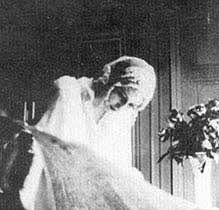
Ida Rubinstein on a holiday in Norway 1922 Jpeg by M. Evans from scan of P.D. image |
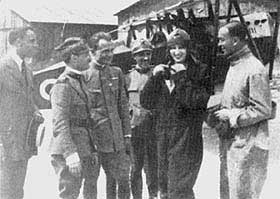
Ida and her airplane St. Sebastien, near Venice, Italy 1920 (Gabrielle D'Annuncio - 2nd from left; Walter Guinness - right;) Jpeg by M. Evans from scan of P.D. image |
|
Dramatic Dance Productions Antoine
et Cléopâtre (1920) -- Translated from William Shakespeare by Andre
Gide, Co-starring Edouard de Max, Georges Wague, and Armand Bour, Music
by Florent Schmitt, Costumes by Jacques Dresa, Ida Rubinstein's costumes
from the House of Worth (Maison Worth). |
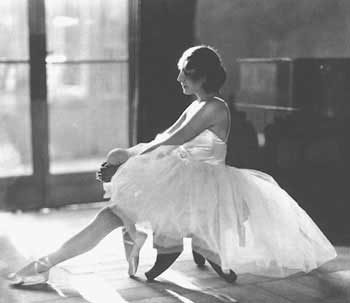 Ida Rubinstein posing for the camera sometime between Antoine et Cléopâtre and Artémis Troublée Photograph by James Abbe circa 1921 Michigan State University College of Arts and Letters Department of Theatre |
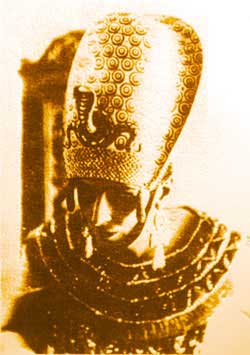 .. ..Antoine et Cléopâtre 1920 Jpeg by M. Evans from scan of P.D. image |
|
Dramatic Productions La
Dames aux Camélias
(1923) -- Adapted from a story by Alexandre Dumas II, Sets and Decor
by Alexandre Benois. |
|
|
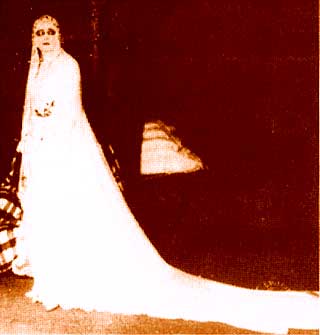
Le Idiote circa 1925 Jpeg by M. Evans from scan of P.D. image |
| 1920-1928;
Ida presents Antonine et Cleopatre in 1920. More big-budget stage
spectaculars follow, written by D'Annunzio and others. In 1921 she moves
into a lavish new residence at 7 Place
des Etats-Unis in Paris, designed by Léon
Baskt. It will be her home, when she is not traveling, until 1940. After Sarah Bernhardt passes away in 1923, Rubinstein successfully revives Dumas' La Dames aux Camélias, made famous by the first lady of the French Theater, with her late friend's blessings. She achieves new respect as a dramatic actress -- producing and starring in a play based on Dostoyevsky's novel The Idiot. Her artistic soulmate Gabrille D'Annunzio survives in a bizarre military adventure in Northern Italy. Her social champion Robert de Montesquiou dies in 1921. Her longtime admirer and friend Léon Baskt becomes progressivly ill and dies suddenly on December 27, 1924 -- preceeded by her famous co-star Edouard de Max on September 6. Vicki Woolf & Michael de Cossart |
